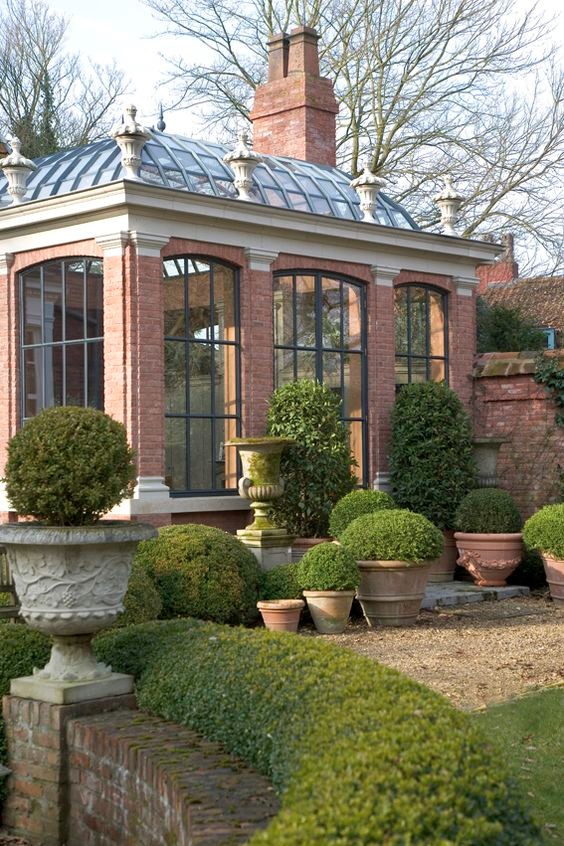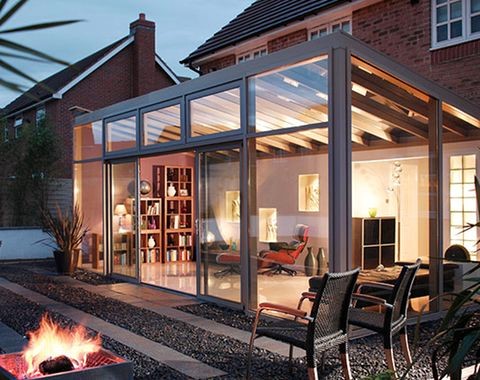What is the difference between Orangeries and Conservatories? An annoying issue for a lot of home renovators is telling the difference between seemingly identical terms or products, and this certainly applies to the confusingly similar – yet distinct – building extensions mentioned above. Semantics is something that presents difficulties in a lot of fields, and so of course is an issue in building. Here is your guide to the difference between the two.
Orangeries

What is an orangery?
Orangeries have a parapet and are a tad more extravagant when added to a house than a conservatory. Traditionally, orangeries were the domain of the aristocracy – the rich of the world – and were frequently used to house exotic fruits not suited to British winters. Many had stoves or under-floor heating to keep them warm, which was a significant part of why they were built. This leads us to materials.
What is an orangery made of?
Usually insulated with straw, they were (and still are) built with brick pillars for sturdiness. They use less glass than that seen in a conservatory as – particularly before modern developments in window technology – glass would leak a lot of heat. Nevertheless, they often have large glazed windows and lantern roofs. They utilise brick or stone bases and normally compliment the house in terms of colour.
Who should get an orangery?
As mentioned above, technology in modern times allows variations in traditional orangery designs, which means more options for the home owner opening the door to this sort of extension to a wider group of people. The lantern style roof is a brilliant way to increase natural light to the room, and to go further down that path, orangeries can be made with a full glass roof.
Conservatories

What is a conservatory?
Conservatories, to add to the confusion, were initially constructed to grow or keep certain fruits – much the same as an orangery. However, the amount of roof that is glazed is a major difference when looking to tell the two apart. A conservatory normally has three-quarters or more of the roof glazed – the opposite is true of an orangery.
What is a conservatory made of?
Normally, a conservatory is constructed with roof and walls made of glass. If building regulations force it to, a conservatory will often have one solid wall but almost always has a 100% glass top. The major point is to recognise glass as the main component – it is an extension designed to bring the outside in, giving people inside a sense they are closer to the outside world.
Who should get a conservatory?
As recently as the 1970s, conservatories became popular with architects due to the introduction of insulated glazing. This, as with orangeries, has seen a lot more people jump on board the glass extension over the years, and now it really is a magnificent addition to any home looking to add some glamour as well as capitalise on a nice back yard.

